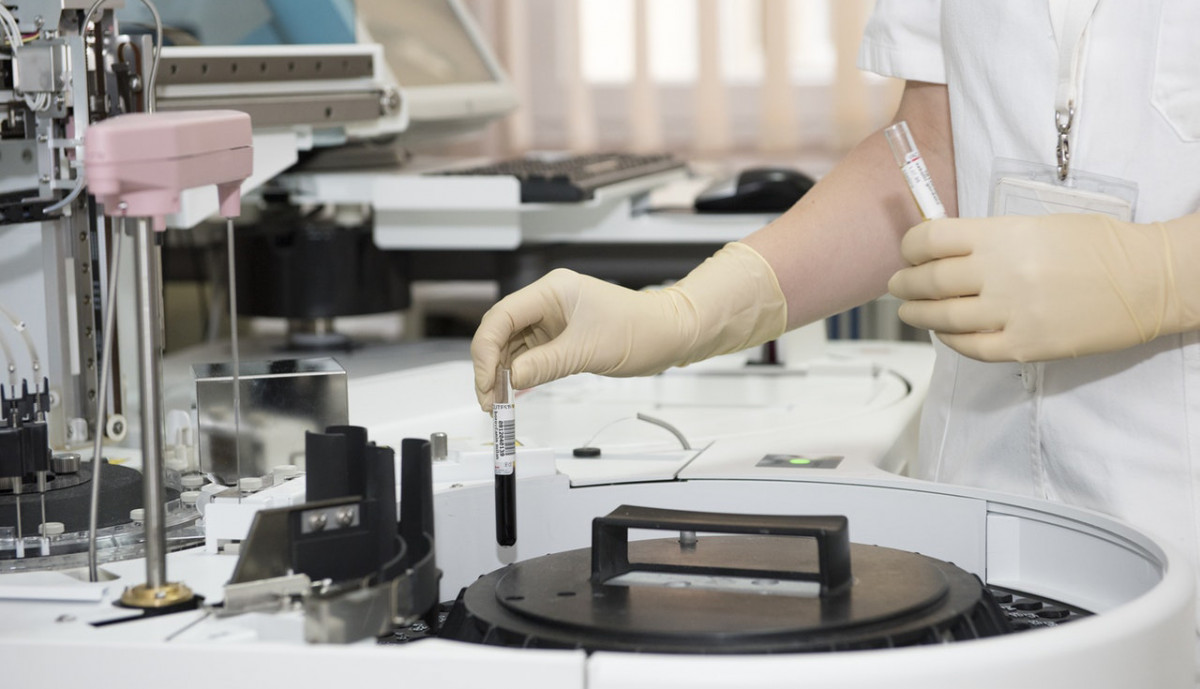The 6 Types of Laboratories and Their Characteristics
Laboratories are specialized spaces designed for experimentation, research, and testing. The main types of laboratories include analysis, biosafety, clinical, production, clean rooms, and R&D labs — each with specific goals and safety levels depending on their scientific purpose.
Quick Overview of Laboratory Types
| Lab Type | Main Purpose | Examples / Applications |
|---|---|---|
| 1. Analysis & Quality Control | Ensures product quality and composition accuracy. | Water, food, and pharmaceutical testing labs. |
| 2. Biosafety Laboratories | Studies pathogens under controlled safety levels. | Research on viruses like Ebola or bacteria. |
| 3. Clinical Laboratories | Analyzes biological samples for medical diagnosis. | Hospitals and healthcare testing centers. |
| 4. Production Laboratories | Tests processes before industrial implementation. | Pharmaceutical pilot plants, biotech R&D. |
| 5. Clean Rooms | Maintains ultra-low contamination environments. | Semiconductor and medical device manufacturing. |
| 6. Research & Development (R&D) | Drives scientific innovation and discovery. | University and industrial research centers. |
1. Analysis and Quality Control Laboratories
These laboratories focus on evaluating the quality, composition, and safety of materials and products. They are common in the chemical, biological, and physical sciences.
For example, water analysis laboratories check chemical, physical, and microbial contaminants to ensure safe water for human consumption.
Typical equipment includes spectrometers, chromatographs, and balances for measuring concentration levels and detecting impurities.
2. Biosafety Laboratories
Biosafety laboratories handle pathogens and infectious agents that may pose health risks. They are classified into four biosafety levels (BSL-1 to BSL-4):
- BSL-1: Works with low-risk organisms like Saccharomyces cerevisiae. Common in schools and universities.
- BSL-2: Handles moderate-risk pathogens such as Staphylococcus aureus.
- BSL-3: Used for airborne pathogens like tuberculosis bacteria.
- BSL-4: Maximum containment level for highly dangerous viruses like Ebola.
Scientists working in high-biosafety labs must undergo specific training and wear protective suits to ensure maximum containment.
3. Clinical Laboratories
Also called medical laboratories, these facilities analyze biological samples — such as blood, urine, or tissue — to assist in disease diagnosis and treatment.
Main Types of Clinical Analyses:
- Microbiological tests – identify infectious agents.
- Biochemical tests – monitor blood chemistry.
- Molecular diagnostics – study DNA or genetic mutations.
- Reproductive analyses – used in fertility clinics to study gametes.
Clinical labs play a key role in healthcare systems, supporting physicians with reliable test results for patient care.

4. Production Laboratories
Production labs serve as a bridge between research and industrial manufacturing. They test whether scientific processes can scale efficiently and safely for mass production.
These labs are often found in pharmaceuticals, biotechnology, and technology industries.
They use pilot plants to optimize variables such as temperature, pressure, and chemical reactions before large-scale implementation.
5. Clean Rooms
Clean rooms are controlled environments with very low particle contamination. They’re vital in fields where microscopic impurities can ruin results — such as electronics, medical devices, and aerospace manufacturing.
Key features include:
- HEPA air filtration systems
- Positive air pressure to prevent external contamination
- Special clothing (gloves, suits, masks) to reduce human-generated particles
Clean rooms are essential for assembling satellites, microchips, and surgical instruments.
6. Research and Development (R&D) Laboratories
R&D laboratories focus on generating new knowledge, testing hypotheses, and creating innovative products or technologies.
They may belong to universities, private corporations, or government agencies.
Types of R&D labs include:
- Chemical labs – study reactions and material properties.
- Biological labs – investigate genetics, microbiology, or biochemistry.
- Technological labs – design and test new devices or systems.
These labs are the backbone of scientific progress, connecting theory and application.
FAQ: Types of Laboratories
1. What are the main types of laboratories?
The six main lab types are analysis and quality control, biosafety, clinical, production, clean rooms, and research & development laboratories.
2. What is the purpose of a biosafety laboratory?
To study infectious agents in a controlled environment, preventing contamination or public health risks.
3. What is the difference between a clinical lab and a research lab?
Clinical labs focus on patient diagnostics and treatment, while research labs focus on discovery and innovation.
4. What is a clean room used for?
Clean rooms maintain ultra-low contamination for manufacturing sensitive materials like semiconductors or surgical tools.
5. Which laboratory type focuses on product testing and quality?
Analysis and quality control laboratories specialize in evaluating product safety and consistency.

Transform Your Health with Every Meal
Delicious. Nutritious. Delivered.
Use code SLICKDEALS for 15% OFF today on your first order!
Shop Now
